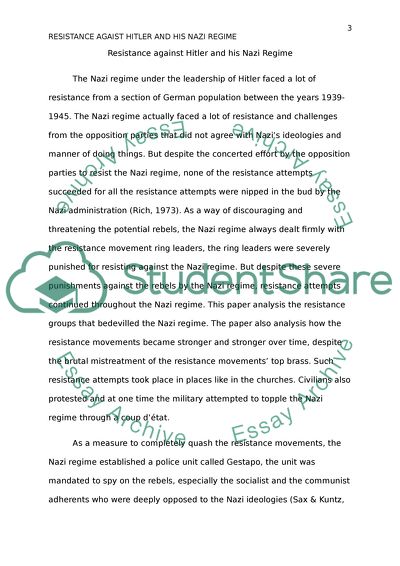Cite this document
(“Resistance against Hitler and his Nazi Regime Essay”, n.d.)
Resistance against Hitler and his Nazi Regime Essay. Retrieved from https://studentshare.org/people/1490757-resistance-against-hitler-and-his-nazi-regime
Resistance against Hitler and his Nazi Regime Essay. Retrieved from https://studentshare.org/people/1490757-resistance-against-hitler-and-his-nazi-regime
(Resistance Against Hitler and His Nazi Regime Essay)
Resistance Against Hitler and His Nazi Regime Essay. https://studentshare.org/people/1490757-resistance-against-hitler-and-his-nazi-regime.
Resistance Against Hitler and His Nazi Regime Essay. https://studentshare.org/people/1490757-resistance-against-hitler-and-his-nazi-regime.
“Resistance Against Hitler and His Nazi Regime Essay”, n.d. https://studentshare.org/people/1490757-resistance-against-hitler-and-his-nazi-regime.


